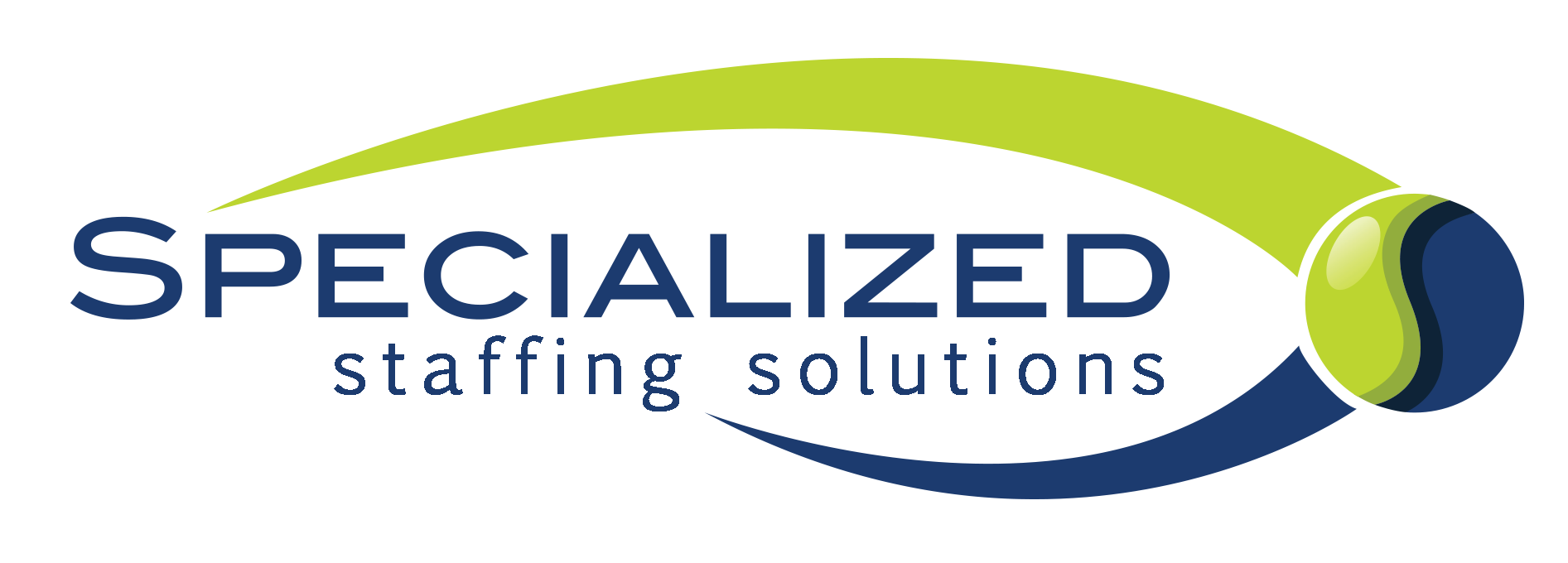
Description: Recognize and combat burnout through effective strategies. Learn leadership’s role and the power of wellness with Specialized Staffing’s actionable insights.
The truth about today’s dynamic and fast-paced business environment is that it has unleashed an industry-wide challenge: burnout. An article by Forbes shared that over 4 million American workers quit their jobs each month in 2022. Reflecting on those unsettling statistics, severe exhaustion among employees remains a complex challenge for many employers.
More than just overwhelming fatigue, it’s a persistent feeling of internal dissatisfaction and detachment—a grinding down that affects not just professional life but every facet of one’s day-to-day life. Distinguishing it from typical stress is the first step in addressing and preventing this pervasive problem.
Defining and Differentiating from Typical Stress
Burnout is an accumulation of problems; it does not happen overnight. Unlike transient work-related stress, burnout is characterized by chronic exhaustion, feelings of cynicism, detachment from job responsibilities, and a decline in professional efficacy. It’s the unsettling feeling of running on empty, with no pit stop in sight.
What to Watch For
To fully grasp burnout, it is crucial to recognize its varied conditions, each hinting at an underlying struggle.
- Behavioral Signs: Prolonged exposure to stressful work conditions often manifests behaviorally. This can range from regular absenteeism and persistent tardiness to a significant drop in work performance. It’s more than just a few off days; it’s a consistent decline – a red flag that shouldn’t be ignored.
- Emotional Signs: A once passionate employee might suddenly seem distant or disinterested. Feelings of hopelessness, increased irritability, lack of motivation, and a sense of being overwhelmed are all signs that an individual is grappling with the weight of burnout.
- Physical Symptoms: Burnout goes beyond mental emotions, presenting many physical symptoms as well – including chronic fatigue, sleep disorders, frequent headaches, and digestive issues. Often overlooked, these physical signs can be the loudest cries for help.
Paying attention to these telling characteristics is crucial to creating a work environment that effectively addresses and prevents such challenges.
The Leader’s Role in Prevention and Intervention
For a leader, it’s paramount to drive results and ensure the team’s well-being. Their role extends beyond strategy and numbers; it is about cultivating an environment where employees thrive.
- Training and Resources: Modern leadership training must exceed traditional modules. Emotional intelligence, stress management techniques, and mental health awareness are essential skills for successful strategy development and execution. Ensuring leaders are equipped with these tools means they can be more adept at spotting the early signs of burnout and intervening effectively.
- Colleagues as First Responders: In many instances, it’s the immediate team members who first detect subtle changes in their colleagues. Encouraging a culture of openness, mutual respect, and genuine concern can turn colleagues into invaluable first responders in the fight against burnout.
By fostering a workplace culture dedicated to the employee experience, companies can mitigate severe exhaustion risks while strengthening team bonds through collective support.
Wellness as a Proactive Defense
Prevention is always better than cure, especially regarding mental well-being. Establishing a proactive wellness culture can be the antidote to the burnout epidemic.
- Promoting Well-being: Initiatives like regular mental health days, wellness workshops, and destressing activities can go a long way. They serve as a reminder that the company values its employees beyond their work output.
- Open Dialogue: Cultivating an environment where discussing mental health isn’t taboo can be transformative. When employees feel they can share their struggles without judgment, it opens the door for early intervention and support.
Addressing burnout isn’t just about boosting productivity or reducing turnover. It’s a testament to a company’s values and commitment to its people. Companies that take a proactive approach to burnout gain a more engaged workforce and establish themselves as industry leaders in employee well-being.
Is your company seeking a more resilient and motivated workforce? Look no further than Specialized Staffing Solutions. With our expertise in employee dynamics, we will match your business with candidates that align seamlessly with your company’s culture and vision. Let us help you build teams prepared to excel in today’s competitive landscape.
